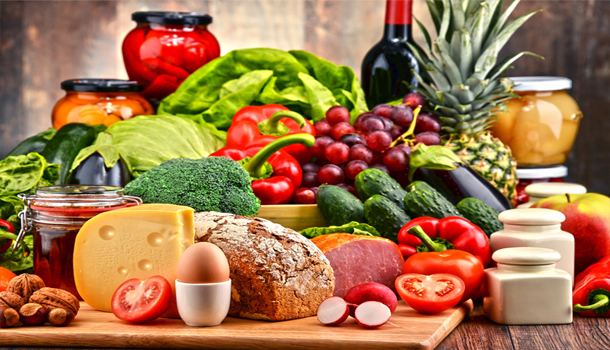Malnutrition is about more than food security
Read MoreWhat is food security?

The definition of food security is, as you might imagine, just the opposite! Food security means having reliable access to enough good, healthy, and culturally appropriate food. It means that you or your family aren’t worried about paying for groceries, where your next meal might come from, or cutting back on food in order to pay the bills.
Food security is related to all sorts of other great and wonderful ideals like food justice, food sovereignty, and food equity. While food security is certainly a crucial part of these, concepts such as food justice and food sovereignty tend to have broader social, economic, and cultural implications. So food security is an important part of food justice, but not the whole of it.
What’s the difference between food insecurity and hunger?
While food security and hunger are related, they are not the same. In fact, the USDA recently removed references to hunger in their food security measurements, citing the need for a separate and more detailed study on hunger. Here are some key differences between the two:
First, food security is socio-economic (financial and cultural), while hunger is physiological (physical). Studies on food security attempt to measure reliable access to food, with questions that include anxiety over shopping, budgeting for healthy meals, and running out of food. Hunger, on the other hand, is a physical sensation. We could say that hunger is one potential consequence of food insecurity, but food insecurity does not always result in hunger.
Second, we measure food security at the household level and hunger at the individual level. A family experiencing food insecurity may have some members that go hungry and others who do not. For example, parents in food insecure families might have enough food to feed their children, but might experience hunger themselves.
How do we measure food insecurity?
So, with all this talk about what it is, how do we actually measure something like food insecurity. Food Forward and most other hunger-relief nonprofits rely on measurements that the USDA conducts annually. Every year tens of thousands of households respond to their short survey, which is added onto the census.
There are only 10 questions, and an additional 8 questions for families with children. The questions ask about various indicators of food insecurity, ranging from the least severe (“We worried whether our food would run out before we got money to buy more”) to the most severe (“In the last 12 months did you or other adults in your household ever not eat for a whole day because there wasn’t enough money for food”).
Once the answers are collected, the USDA groups households into the 4 classifications of food security: high food security, marginal food security, low food security, and very low food security. Households are considered to have low food security if they reported experiencing 3 or more indicators of food insecurity. Households are considered to have very low food security if they reported 3 indicators of food insecurity AND some degree of eating less than they should / skipping meals.
Keeping it simple
Social and economic inequalities between men and women also stand in the way of balanced nutrition. More often than not, malnutrition disproportionality affects women. In households vulnerable to food insecurity, women are shown to be at greater risk of malnutrition than men. Malnutrition in mothers, especially those who are pregnant or breastfeeding, can create a cycle of deprivation that increases the likelihood of a low birth weight child and childhood malnutrition.
Additionally, lack of decision-making power around family planning means that women have less ability to harmonize childbirth and breastfeeding schedules, which has direct implications for nutritional status. Agnes Mukankuranga, a mother of five from Rubungo, Rwanda says: “As regarding birth spacing, I would stop breastfeeding when my child was only one year old because I was pregnant again. When you stop breastfeeding and you don’t have resources to provide food, your children can become malnourished. That is what happened in my family. My children are all one year apart. But since I started [family planning], they started to improve.” As women also tend to be the primary caregivers for their children, if they lack the freedom to make household decisions, their child’s health is negatively impacted. Studies show that when women have the authority and ability to make decisions in the household, a higher proportion of family income will go to food, nutrition supplements, and health care.
Why talk about food security at all?
Food security and food insecurity are really important concepts for us to think and talk about. By moving the discussion of food policy beyond hunger (which again, refers only to a physical sensation), food insecurity captures the reality of individuals and families who struggle to get enough food.
Finally, these terms give us a working definition and standard for measurement. This allows community organizers, non-profit leaders, policy makers, and government officials to talk with each other and work together to create plans that will improve overall access to food, health, and wellness. Because even as we dive into definitions, studies, and statistics, the overall goal is to secure everyone’s right to eat well and be well.



